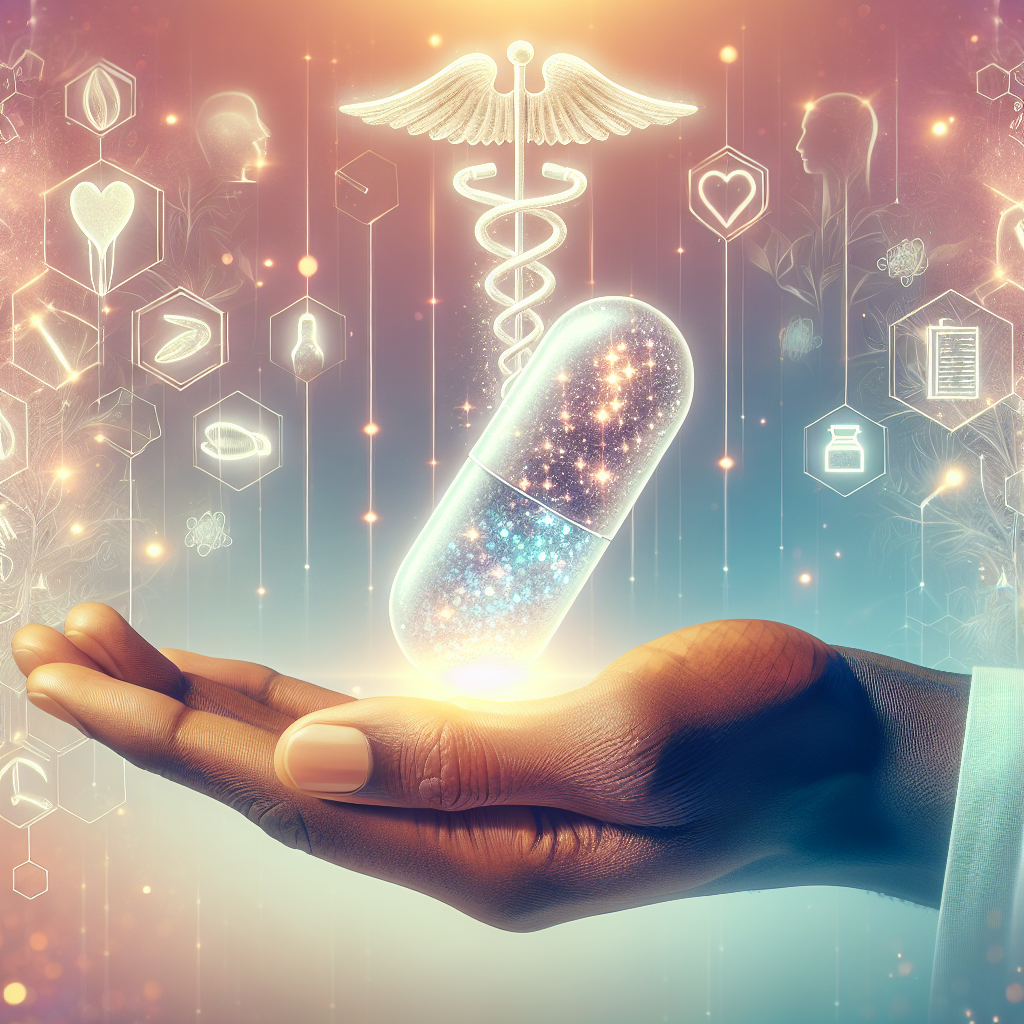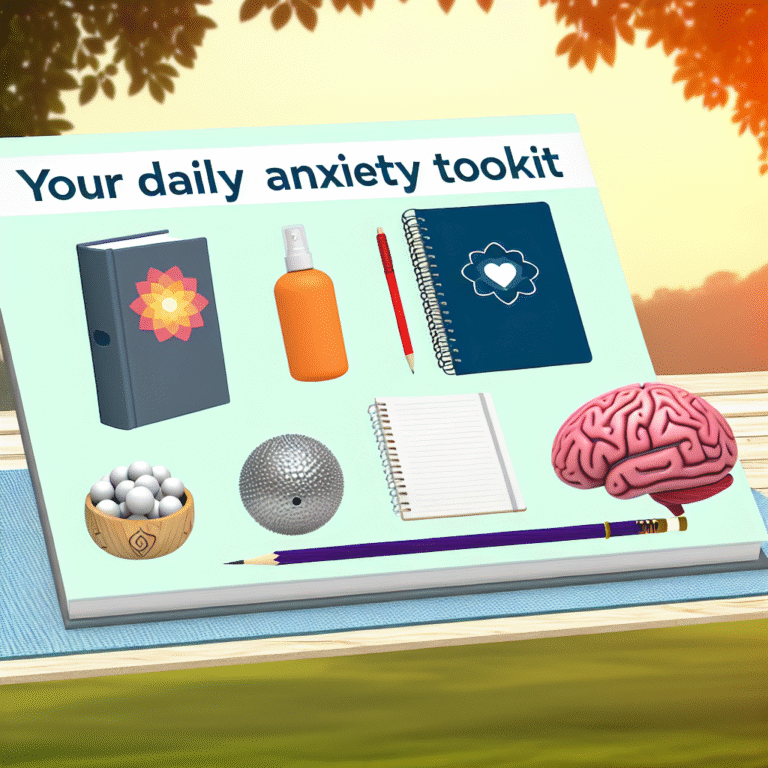
Healing Without Ingredients: The Mysteries of the Placebo Effect Revealed
Introduction
Imagine walking into a doctor’s office, feeling anxious and in pain. The doctor prescribes a pill, or maybe even a sugar pill, and within weeks, you’re feeling dramatically better. How could something that contains no active ingredients lead to real healing? This fascinating phenomenon is known as the placebo effect, a powerful testament to the mind’s influence over the body. In this article, we delve into “Healing Without Ingredients: The Mysteries of the Placebo Effect Revealed,” unpacking its profound implications for medicine, psychology, and everyday life.
Understanding the Placebo Effect
The placebo effect occurs when a patient experiences a real improvement in their condition after receiving a treatment that has no therapeutic effect. This is not mere deception; rather, it underscores the astounding capacity of human belief and expectation.
The Science Behind Placebos
In clinical studies, a control group is often given a placebo to compare outcomes. It turns out that the mere belief in treatment can stimulate various physiological changes—for instance, releasing endorphins capable of alleviating pain. According to research published in Nature Reviews Neuroscience, this reliance on expectation activates brain regions linked to pain relief, suggesting a biochemical dance is at play.
Case Study: Placebo Surgery
One striking example comes from a study where patients with knee osteoarthritis underwent arthroscopic surgery—a treatment believed to relieve pain. However, half of the participants received a sham surgery where incisions were made but no therapeutic intervention was performed. Surprisingly, both groups reported similar improvements in pain and function over time. This study, published in New England Journal of Medicine, reveals how powerful the mind’s expectation can be in response to perceived treatment.
Relevance of the Study
This case illustrates that sometimes, the action of “doing something” rather than in the actual intervention signals healing. Patients undergoing placebo surgeries showed that the mere setting, the pre-surgery expectations, and the belief in restoration can hack our body’s healing mechanisms.
The Role of Context and Environment
Healing is not just about the medicine; the environment and context can significantly influence outcomes.
The Healing Environment
The physical environment in which treatment occurs can affect a person’s experience of pain and recovery. A warm, welcoming hospital may enhance the placebo effect, while stark, clinical settings might hinder it. A meta-analysis found that patients in calming environments reported less pain and faster recovery rates.
Case Study: Hospital Settings
One notable study explored how hospital design affected patient recovery. In facilities designed with natural light and soothing colors, patients experienced shorter recovery times and used fewer pain medications. It’s fascinating to note that an awe-inspiring environment can activate the brain’s healing responses, aligning perfectly with the theme of “Healing Without Ingredients: The Mysteries of the Placebo Effect Revealed."
Relevance of the Study
The implications of this study underscore how non-drug approaches can contribute to healing. Aiming for more humane and aesthetically pleasing facilities can enhance patient outcomes effectively.
The Mind-Body Connection
Psychosomatic Effects
The concept of psychosomatic responses deals with how mental states can influence physical health. Stress and anxiety can exacerbate ailments, whereas optimism and happiness may help mitigate them. This connection suggests that fostering a positive mindset could be a crucial ingredient in self-healing.
Case Study: Mindfulness and Pain Relief
A compelling study published in JAMA Internal Medicine examined the effects of mindfulness meditation on chronic pain. Participants who engaged in mindfulness practices reported significant reductions in pain levels compared to those who did not. The mindfulness group not only experienced decreased pain but also reduced anxiety and depression, showcasing how the mind can alter the experience of physical pain.
Relevance of the Study
The findings strengthen the argument that by changing the mind, one can alter bodily experiences—a clear affirmation of the idea presented in “Healing Without Ingredients: The Mysteries of the Placebo Effect Revealed.”
Mechanisms of Action
Neurobiology of Placebo
What happens in our brain when we experience a placebo response? Research indicates that when a person believes they are receiving treatment, their brain releases neurotransmitters like dopamine. This release can initiate a cascade of healing responses, from reducing inflammation to altering pain perception.
Case Study: The Role of Expectation
A 2016 study published in Nature indicated that the expectation of pain relief could effectively block pain pathways in the brain’s prefrontal cortex. Participants expected relief from a harmless cream, and the brain responded as if they had actually received a powerful analgesic.
Relevance of the Study
This investigation into the brain’s modeling capabilities showcases that anticipation and belief in recovery relate closely to actual healing—emphasizing the mind’s role in medicine.
Clinical Applications of the Placebo Effect
Ethical Considerations in Medicine
While utilizing the placebo effect can be powerful, ethical considerations arise. Is it ethical to use placebos in treatment? Dosage decisions confound the ethical landscape in clinical trials and genuine patient care. However, some argue that if a placebo can significantly improve quality of life with minimal risks, its use should be considered judiciously, particularly in clinical settings where other treatments might not be effective.
Innovations in Treatment
The growing acknowledgment of the placebo effect has prompted researchers to explore its potential harnessing for therapeutic innovation. For instance, some integrative approaches may use cognitive behavioral therapy alongside conventional treatments to boost the placebo response.
Conclusion
The journey through “Healing Without Ingredients: The Mysteries of the Placebo Effect Revealed" has unveiled the significance of belief, context, and the intricate mind-body relationship in health. Understanding the placebo effect empowers patients and healthcare providers to foster healing environments and positive mental states, creating a more holistic approach to wellness. The evidence is compelling: sometimes, belief is the best medicine.
FAQs
1. What exactly is the placebo effect?
The placebo effect is a psychological phenomenon where a person experiences real improvement in their health after receiving a treatment that has no active therapeutic effects.
2. Can the placebo effect work for everyone?
While the placebo effect can be beneficial for many, individual responses vary. Factors such as personality, belief in the treatment, and the environment influence its effectiveness.
3. Are placebos used in clinical trials?
Yes, placebos are commonly used in clinical trials to establish the efficacy of new drugs by comparing active treatments against control groups receiving a placebo.
4. Can I use the placebo effect in my personal health journey?
Yes! Fostering a positive mindset, practicing mindfulness, and surrounding yourself with a supportive environment can enhance your healing experience.
5. Are there any risks associated with placebo treatments?
While placebos generally pose minimal risks, ethical concerns arise when it comes to patient consent and potentially delaying access to effective treatments.
As we’ve uncovered, the mind holds incredible power over the body. This journey into the placebo effect reminds us that sometimes, healing does not require ingredients; it only requires belief.
















